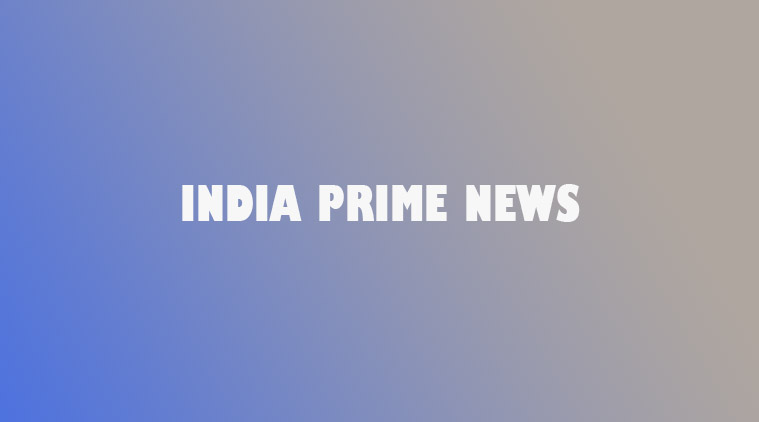It would be funny if it were not tragic when elements in the BJP, India’s ruling party, and the media seek to imply that the party is trying to gag ‘loose cannons’ to restore Prime Minister Narendra Modi’s focus on his ‘development agenda’. In fact, the raising of the communal temperature, which heightens tensions, in a multi-religion country, has followed a well worn pattern, showing a different design.
Stepping up Communal Strife
A year or more before the 2014 Lok Sabha elections, communal strife erupted or was made to erupt in the country’s most populous state, Uttar Pradesh, which sends 80 members to the 545 seat lower house of Parliament. The tactic paid rich dividends to the BJP, which along with its allies was able to win 73 seats from the state. This, in turn, helped the party to secure for the first time a majority in the Lok Sabha on its own.
The spectre of ‘love jehad’ was raised in Uttar Pradesh just before Assembly by-elections later in 2014 but this time the voters perhaps got wiser and gave a thumbs down to the BJP.
That is perhaps why the BJP appears to have decided to start early this time its preparations for the Uttar Pradesh Assembly elections due in 2017. The elections will decide the party which will rule the country’s politically most crucial state for the next five years.
In this round of communal rabble rousing, the early shots were fired by Union Minister “Sadhvi’ Niranjan Jyoti, who said: “Delhi must decide if it wants to have a government born of Ram or those born illegitimately.” National Capital Territory Delhi is to have Assembly elections in early 2015 following dissolution of the earlier Assembly, in which no party had a clear majority.
The Sadhvi’s remarks led to chaotic scenes in Parliament, upon which the Minister was forced to withdraw them. Later, Prime Minister Narendra Modi also disapproved, not condemned, her remarks.
The Sadhvi was followed by BJP’s Unnao MP Sakshi Maharaj calling Nathuram Godse, who assassinated Mahatma Gandhi, as no less a patriot than the Father of the Nation himself. Sakshi Maharaj was later forced to apologise for the comment in the Lok Sabha, when the opposition raised the issue.
Not to be left behind, Uttar Pradesh Governor Ram Naik, forgetting that the Supreme Court is seized of the matter, said that “Ram temple should be built in Ayodhya as per the wishes of the people of India.” He very well knew that this is an emotive issue.
On another front, RSS affiliated groups organised a drama of converting 300 Muslims to Hinduism in Agra, which they dubbed as ‘ghar wapsi’ or homecoming. Media reports say many of those converted later said they were promised pecuniary and other benefits for the act. Undaunted, these groups say they will organise more such conversion functions at Aligarh and Ghazipur.
Cabinet Expansion to keep down rivals
Earlier, the cabinet expansion on November 9 marked another significant step forward in Prime Minister Narendra Modi’s strategy to occupy all power centres in Indian polity. Ostensibly, different interest groups have been accomadated but the basic objective of keeping away or subdued anyone, who could emerge as a rival power centre, cannot be missed. The hallmark of Modi’s power play since becoming Prime Minister in May 2014 has been keeping at bay potential challengers both in his party, the BJP, and the broader polity as a whole.
Basically, there are two power centres in India at the government and administration level – the Union government and the state governments. Narendra Modi is taking concerted steps to keep both under his thumb. At the Centre, he has been keeping a tight leash on his ministers, who do not have the discretion even to appoint their personal staff. Modi directly interacts with the administrative Secretaries to the Government of India, virtually reducing the Ministers to the status of glorified figure heads.
At the state level, the BJP has been trying to grab power in as many states as possible, helping in the process to have more seats later in the Rajya Sabha, the Council of States or the upper house of Parliament. Gradually, the BJP is sidelining allies, be it Maharashtra or Punjab.
It is apparent that Mr. Narendra Modi’s basic and real agenda is not development but progressing to occupy a position of absolute power, whatever the cost, be it communal strife or extra-constitutional means.

